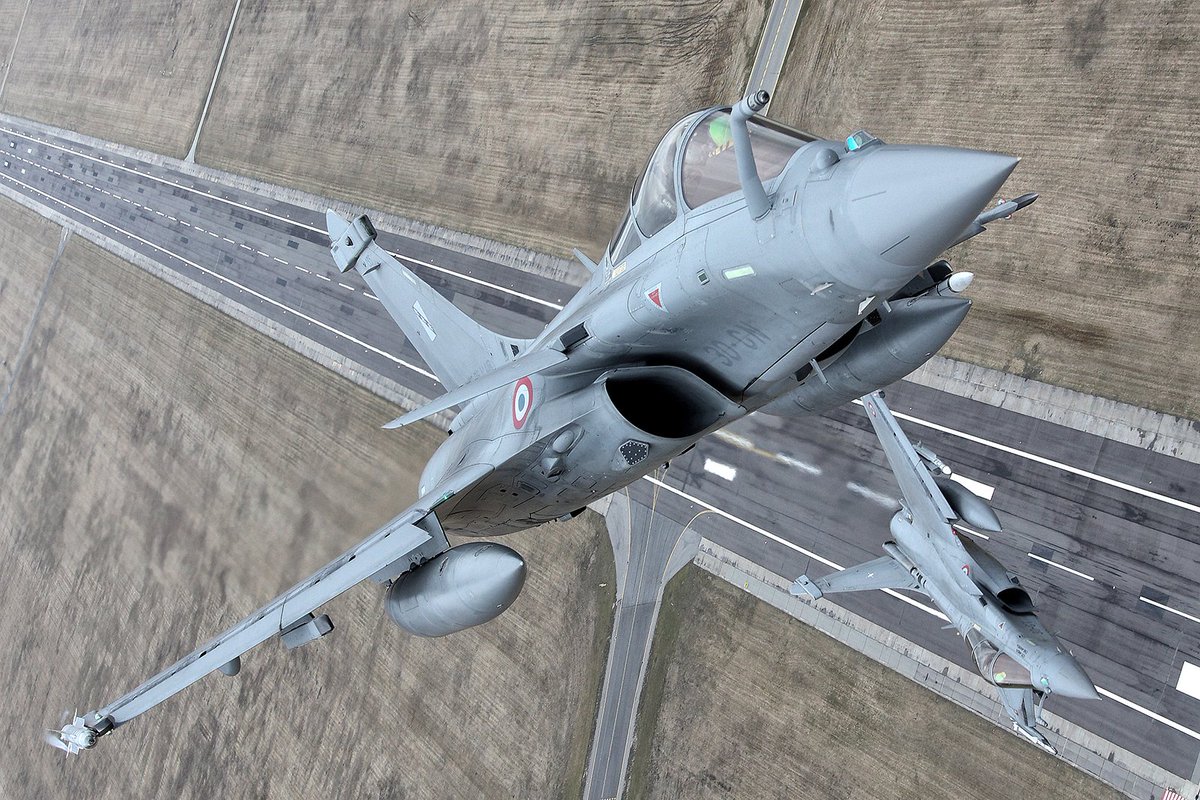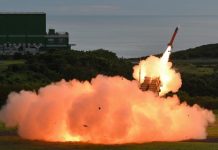There are indications that Serbia is poised to sign an agreement with Dassault Aviation soon to purchase 12 “F-22 Killer” Rafale fighters. The Serbian President announced on April 9 that “concrete agreements” had been reached for this purchase.
“The contract is expected to be signed in the next two months and the presence of the president of France,” Serbian President Aleksandar Vučić was quoted as saying by Reuters.
“We had a meeting with the Dassault group about [Rafale] but also about other types of cooperation. We will also have the signing of a contract that will significantly improve the security of our country,” he added.
The announcement follows President Vučić expressing his admiration for the Rafale. Earlier this week, the Serbian President hailed the Rafale as “one of the best aircraft in the world” equipped with top-of-the-line radar and missiles. He also stressed the need to acquire these advanced fighter jets to improve Serbia’s military capability.
With the help of the Rafales, Serbia would modernize its outdated fighter force, which consists of MiG-21 and MiG-29 Fulcrums from the Soviet era. The Serbian military received 10 MiG-29s donated by Russia and Belarus in 2017 and 2021 and subsequently subjected them to various modernization phases.
These planes have almost outlived their utility in combat and would be replaced by more advanced fighter aircraft.
Although Serbia has managed to maintain a neutral stand between NATO countries, on the one hand, and Russia and China, on the other, it remains embroiled in a conflict with Kosovo. The issue dates back to the dissolution of Yugoslavia. Kosovo, for instance, accused Serbia last year of ordering an offensive in Northern Kosovo to incite a war.
The need to bolster its forces has been the top priority for the Serbian leadership for a while. Earlier, Serbia’s neighbor Croatia also purchased 12 Dassault Rafale fighters to replace its aging fleet of Soviet-origin MiG-21 fighters which may have provided the right prompt to Serbia’s plans of acquiring Rafales.
Although MiG provides case-by-case service life extensions, this option seems unreliable currently, given the diplomatic pressure from the US and EU on Serbia to sever ties with Russia after it intervened in the Ukraine conflict. This has prompted the country to look for other options to expand and upgrade its fighter fleet.
This is where Rafale entered the picture.
The Rafale is outfitted with cutting-edge attack-navigation systems, a new generation electronic radar featuring high sensor integration and self-protection systems. Additionally, it is capable of employing a diverse array of air-to-air and air-to-surface weapons.
Over the past ten years, the Rafale has proven its effectiveness in combat. It participated in missions in Libya and Afghanistan. The French forces’ destruction of hostile objectives in Mali also highlighted the Rafales’ capacity to stay in the air for extended periods.
The purchase also bodes well for the French aircraft, which initially had a tough time in the export market. Besides proving its combat-worthiness at home, the aircraft has also emerged as a coveted asset on the global stage in recent years, securing a string of impressive international sales.
Serbia’s potential purchase of the aircraft will extend Rafale’s successful run in the export market. Seven countries have purchased them, including the United Arab Emirates, Indonesia, Croatia, Egypt, Greece, India, and Qatar. They have also been pitched to Saudi Arabia.

When Rafale “Shot Down” F-22 Raptor
In November 2009, during a joint drill in the United Arab Emirates, a Lockheed Martin F-22 Raptor of the United States Air Force was “shot down” by a Rafale in a training duel.
The controversial event happened when US F-22s visited the United Arab Emirates for training alongside the UAE Air Force (Mirage 2000), the British Royal Air Force (Typhoons), and the French Air Force (Rafales).
Pilots from all over the world competed against one another in a variety of training exercises over many days.
During the simulated sorties, the F-22 performed admirably, taking down six Rafales. However, a French pilot managed to lock onto a Raptor by pushing his aircraft to the maximum, reportedly reaching 9Gs.
Although the American pilots had maintained that their planes had never lost a battle, video evidence from the French Ministry of Defense proved otherwise.
The Rafale put the Raptor in a disadvantageous position in the “dogfight.” The 2013 footage from the French jet’s front camera attested to this.
“The Rafale was certainly in a position to launch an infrared-guided Mica missile at the Raptor. The U.S. Air Force wasn’t trying to cover up anything, but the exact situation involving the exchange likely remained one of debate. As an actual missile wasn’t launched, perhaps it was felt the F-22 still could have had an advantage,” said a report from The National Interest.
This mock battle revealed that the beyond-visual range (BVR) fighting capabilities of the Raptor are the real cause of worry for its opponents. However, in close combat, the mighty Raptor could be at a disadvantage.
- Contact the author at sakshi.tiwari9555 (at) gmail.com
- Follow EurAsian Times on Google News




